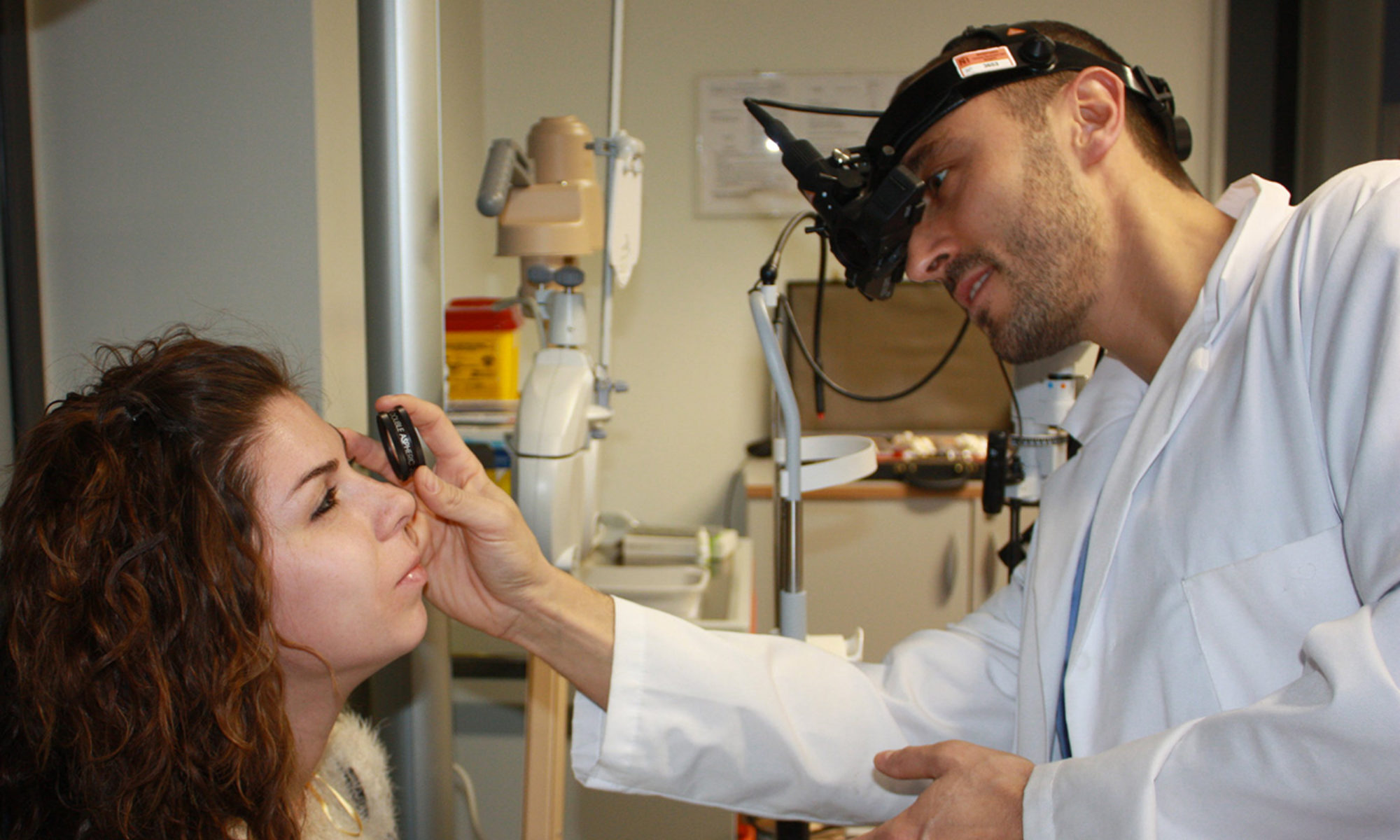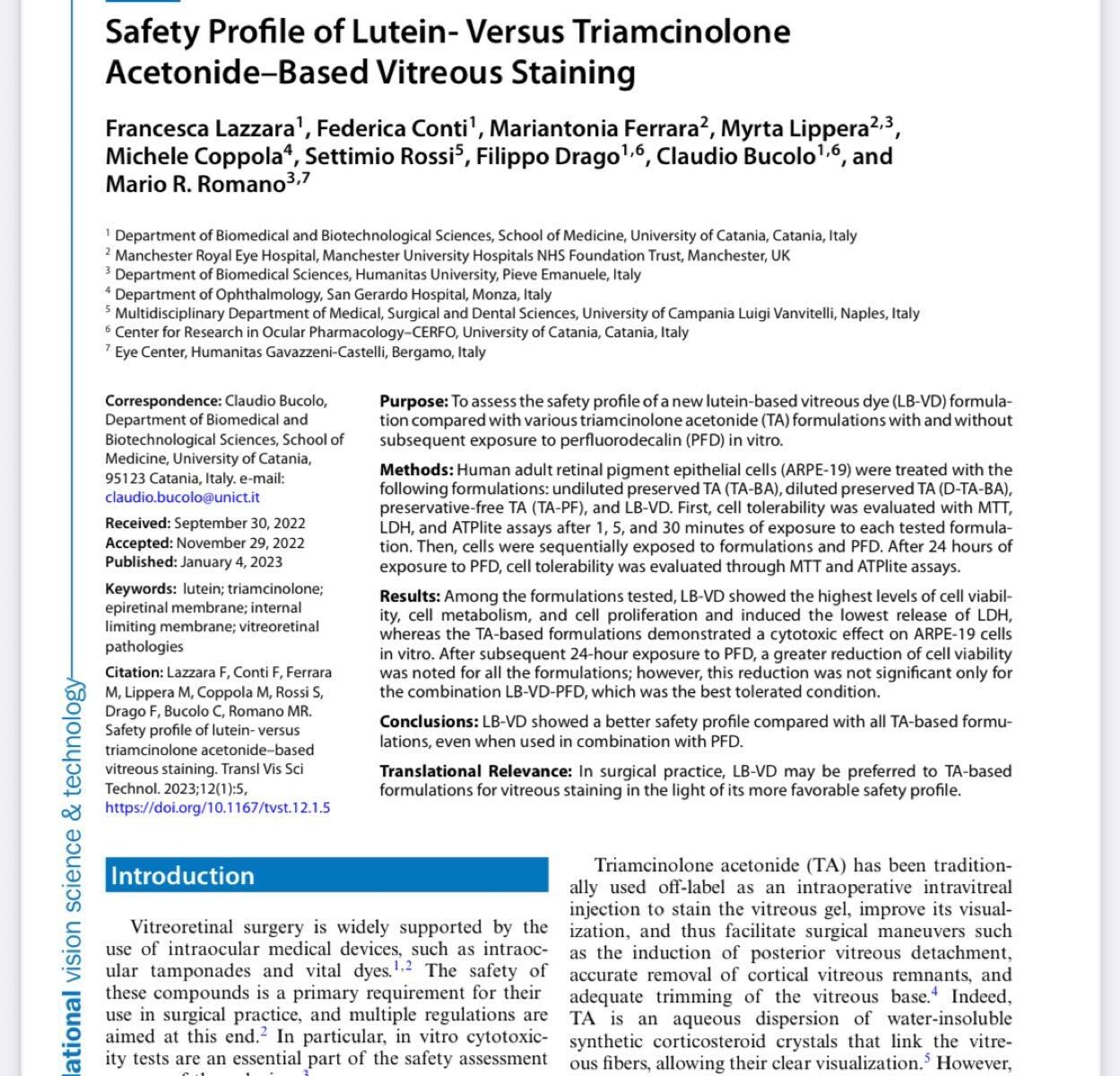@DomenicoTripepi @AssadJalil @NaseerAlly @MatildeBuzzi @GeorgeMoussa @Pierre-RaphaëlRothschild @TommasoRossi @MariantoniaFerrara @MarioRomano
How to Set Up Genetic Counselling for Inherited Macular Dystrophies: Focus on Genetic Characterization
I am happy to share our recent publication on how to create a center for the treatment of Inherited macular dystrophies (IMD), which takes advantage of a multidisciplinary experience for an adequate global evaluation of the patient and of possible therapies. Recent therapeutic possibilities point to a clear need for genetic assessment services in tertiary referral hospitals. However, establishing such a service can be a complex task due to the diverse skills required and multiple professionals involved. This review aims to provide comprehensive guidelines to enhance the genetic characterization of patients and improve counseling efficacy by combining updated literature with our own experiences. Through this review, we hope to contribute to the establishment of state-of-the-art genetic counseling services for inherited macular dystrophies.


#retina #genetherapy #inheritedmaculardystrophies #vitreoretina #IMD
Optical-Quality Assessment of a Miniaturized Intraocular Telescope
I am pleased to share with you our recently published article on the optical quality of implanting a miniaturized microscope (SING IMT) for age-related macular degeneration. Specifically, we measured the optical transmission in the spectral range 350–750 nm of the implantable telescope with a fiber-optic spectrometer. Wavefront aberrations were studied by measuring the wavefront of a laser beam after passing through the telescope and expanding the measured wavefront into a Zernike polynomial basis. Wavefront concavity indicated that the SING IMTTM behaves as a diverging lens with a focal length of −111 mm. The device exhibited even optical transmission in the whole visible spectrum and effective curvature suitable for retinal images magnification with negligible geometrical aberrations. Optical spectrometry and in vitro wavefront analysis provide evidence supporting the feasibility of miniaturized telescopes as high-quality optical elements and a favorable option for AMD visual impairment treatments.
Sono lieto di condividere con voi il nostro articolo recentemente pubblicato sulla qualità ottica dell’impianto di un microscopio miniaturizzato (SING IMT) per la degenerazione maculare senile. Nello specifico, abbiamo misurato la trasmissione ottica nell’intervallo spettrale 350–750 nm del telescopio impiantabile con uno spettrometro a fibre ottiche. Le aberrazioni del fronte d’onda sono state studiate misurando il fronte d’onda di un raggio laser dopo essere passato attraverso il telescopio ed espandendo il fronte d’onda misurato in una base polinomiale di Zernike. La concavità del fronte d’onda ha indicato che SING IMTTM si comporta come una lente divergente con una lunghezza focale di -111 mm. Il dispositivo ha mostrato una trasmissione ottica uniforme nell’intero spettro visibile e una curvatura effettiva adatta per l’ingrandimento di immagini retiniche con aberrazioni geometriche trascurabili. La spettrometria ottica e l’analisi del fronte d’onda in vitro forniscono prove a sostegno della fattibilità di telescopi miniaturizzati come elementi ottici di alta qualità, opzione potenziale per i trattamenti di disabilità visiva da AMD.
#agerelatedmaculardegeneration #AMD #cataract #degenerazionemacularesenile #cataratta
Autologous Platelet-Rich Plasma
Secondary intraocular lens implants in complicated cataracts
We are pleased to share our recent publication on the management of intraocular lens implants in the presence of capsular rupture, one of the most common and serious complications of cataract surgery. In our evaluation we consider implanted lenses in AC, with iris and scleral support, sutured or intrascleral sutureless. We also comparatively evaluated the inflammatory, haemorrhagic and traction complications induced by the different implants, and reported in the literature. As a result, intrascleral lenses appear to be very promising implants, providing favorable functional results with a low rate of postoperative complications.


